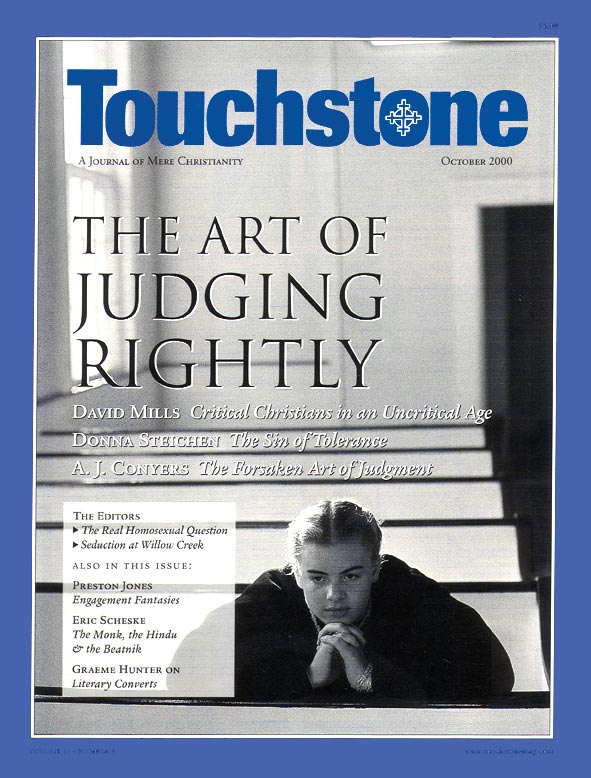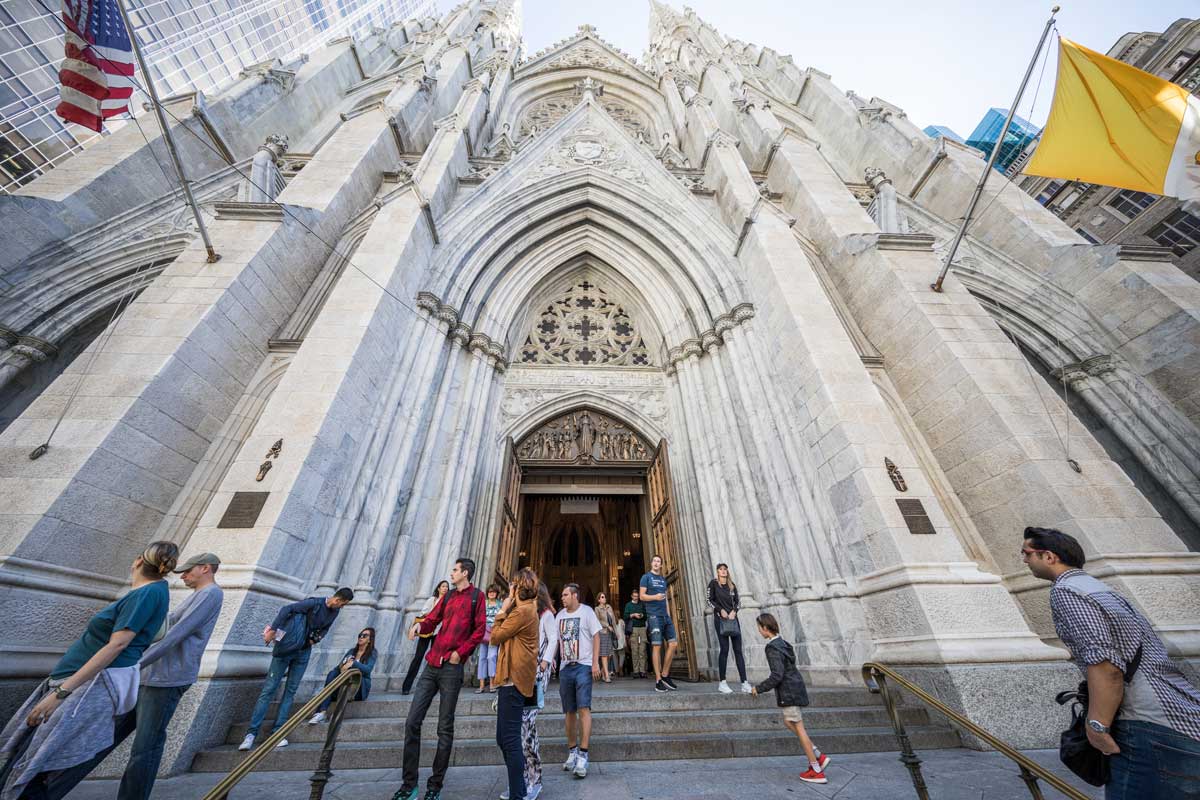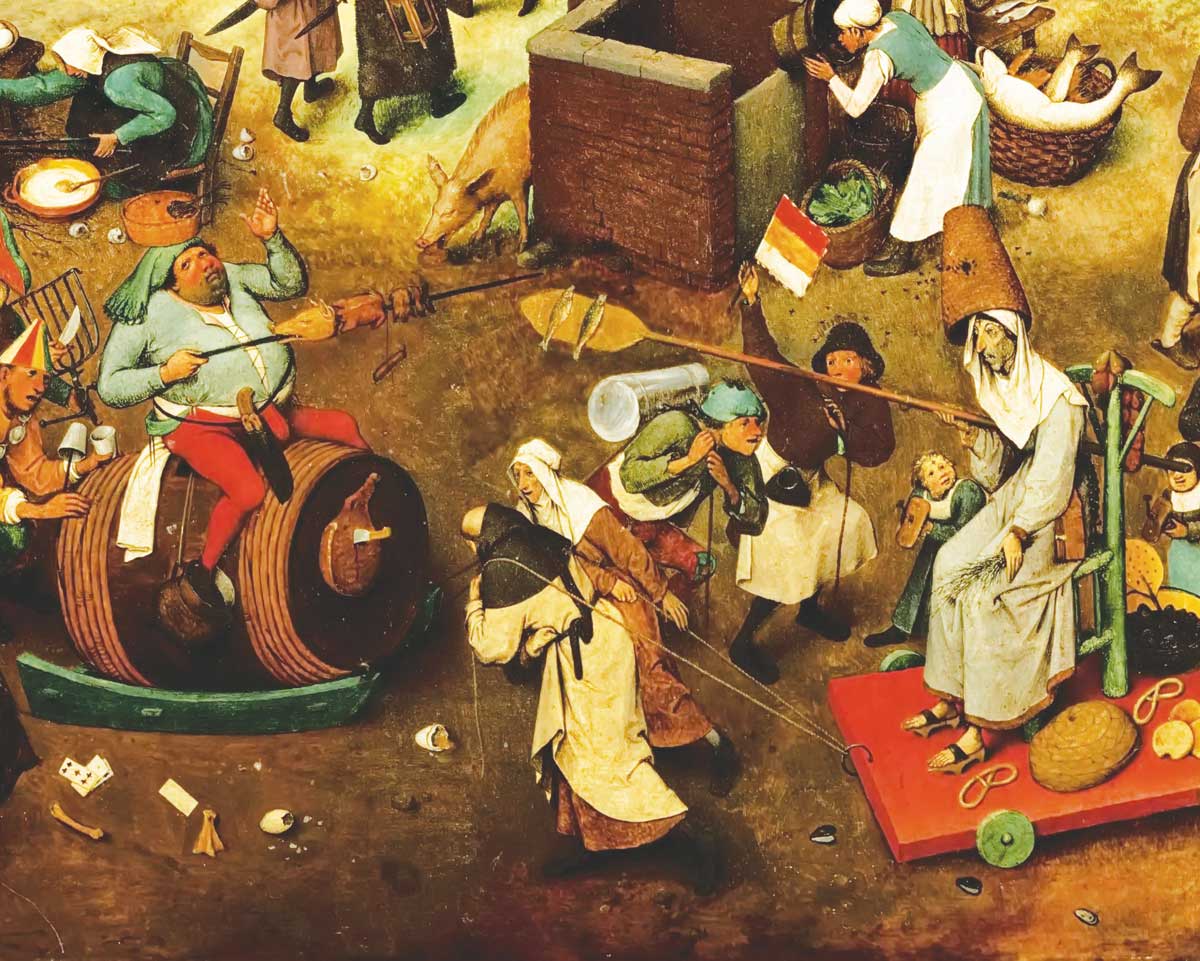Feature
Three American Sophomores
The Restlessness of Thomas Merton,
J. D. Salinger & Jack Kerouac
by Eric Scheske
A monk, a Hindu, and a beatnik. One preached orthodox Christianity, one brought Hinduism to America’s youth through the back door, and another testified to the religious joys of sex and drugs. Three young writers and their bestsellers—Thomas Merton (The Seven Storey Mountain, 1948), J. D. Salinger (The Catcher in the Rye, 1951), and Jack Kerouac (On the Road, 1957)—captured postwar America’s attention and helped shape the youth movements of the 1960s.
These men’s lives and greatest work seem to contrast with each other, but they stand together because they all preached the possibility of a better life, a life higher than the automaton-existence droned into people by the increasing mass-market consumerism of America after World War II. Specifically, they talked about the possibility of a life marked by the religious virtue of detachment. And for that reason they stand together as three American “wise men.” But because all three of them, to varying degrees, got the message wrong, they ended up contributing to the unrest that erupted in the 1960s. And for this reason they stand together as three foolish American “wise men.”
The Seven Storey Merton
Thomas Merton first spoke to postwar America in The Seven Storey Mountain, his autobiography. Commencing with the spiritual sense instilled in him by the aestheticism of his artistic parents, he describes his unstable childhood, his wild teenage and young adult years, and his intellectual and writing pursuits at Ivy League Columbia. He explains how he emerged from this background to embrace mature spiritual growth and how it culminated in his conversion to Catholicism in his early twenties and his entrance into a Trappist Monastery in Gethsemani, Kentucky, a few years later. There, he wrote the book of his life, a celebration of Catholic spirituality, that would become The Seven Storey Mountain.
The book was hugely successful. The first hardcover edition sold 600,000 copies. At times in 1948, an unprecedented 10,000 orders came in a day.1
It sold for good reason. Merton, with kindness and sincerity, convincingly cut against the conventional thinking of the late 1940s and 1950s. His vow of poverty contrasted with the money-making desire that marked America’s booming free-market economy; the same-cloaked anonymity of the monks clashed with rugged America’s proud individualism; his monastery wall blocked out the fame celebrated in increasingly influential Hollywood; the still ways of the silence-loving Trappists muted the blaring jazz that was shaking the land.
In short, Merton’s book preached detachment—“the number one rule of religion”—from the world and its passions. Merton’s path to the monastery rejected and questioned the materialist pursuits that were bearing such a bountiful earthly harvest in the post-World War II era. Merton struck a chord with America that sang, “There is more to life than a house in the suburbs and a new car.”
Salinger Catches On
Three years after publication of The Seven Storey Mountain, J. D. Salinger spoke to America in The Catcher in the Rye, a book narrating events in the life of a restless youngster named Holden Caulfield, written by Holden from a psychiatric institution. This odd book is simply a descriptive parade of little things that occurred in two rebellious days of Holden’s teenage life and Holden’s odd opinions about them. On every page, Holden describes something that depresses him, disgusts him, bores him, or “kills” (i.e., amuses) him. He disdains the ballyhooed elite prep school he attends; he thinks little of money (repeatedly forgetting to take his change with him after paying for something); he is nauseated by the forms of entertainment that most people find enjoyable.
The book became a number-one bestseller, and Salinger became the voice of the restless young that was beginning to rumble in the mid-1950s (rumblings evidenced by the beloved movie personas of Marlon Brando and James Dean, personas that led editorialists to write about the coming “youthquake”). Significantly, the teenage revolution that started in 1954 gained speed at the same time The Catcher in the Rye gained momentum. By 1956, The Catcher was selling better than it did during its first year of publication, and Holden Caulfield’s attitude was becoming the guidebook for America’s restless youth: “On American campuses Salinger’s five-year-old novel had suddenly become the book all brooding adolescents had to buy, the indispensable manual from which cool styles of disaffection could be borrowed.”2
subscription options
Order
Print/Online Subscription

Get six issues (one year) of Touchstone PLUS full online access including pdf downloads for only $39.95. That's only $3.34 per month!
Order
Online Only
Subscription

Get a one-year full-access subscription to the Touchstone online archives for only $19.95. That's only $1.66 per month!
bulk subscriptions
Order Touchstone subscriptions in bulk and save $10 per sub! Each subscription includes 6 issues of Touchstone plus full online access to touchstonemag.com—including archives, videos, and pdf downloads of recent issues for only $29.95 each! Great for churches or study groups.
Transactions will be processed on a secure server.
more from the online archives
calling all readers
Please Donate
"There are magazines worth reading but few worth saving . . . Touchstone is just such a magazine."
—Alice von Hildebrand
"Here we do not concede one square millimeter of territory to falsehood, folly, contemporary sentimentality, or fashion. We speak the truth, and let God be our judge. . . . Touchstone is the one committedly Christian conservative journal."
—Anthony Esolen, Touchstone senior editor









